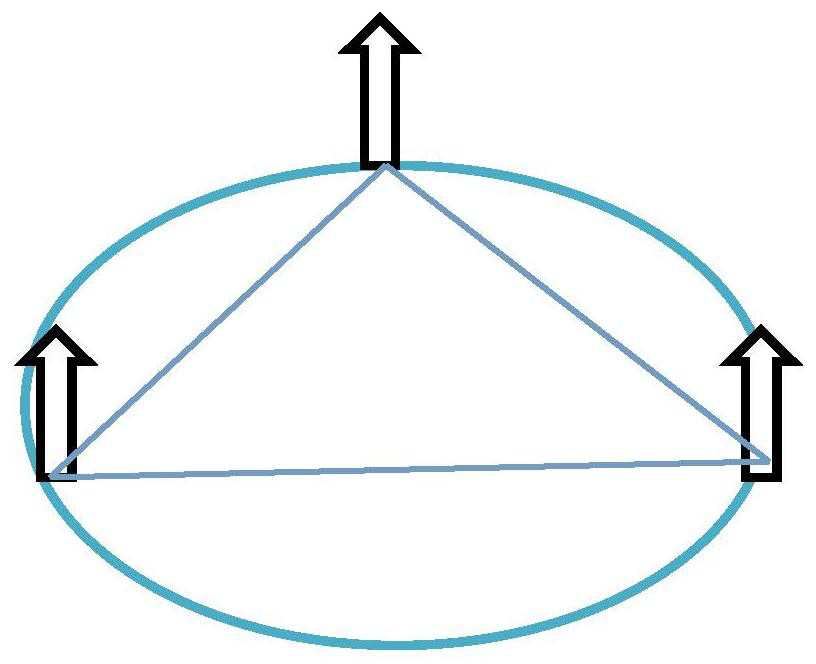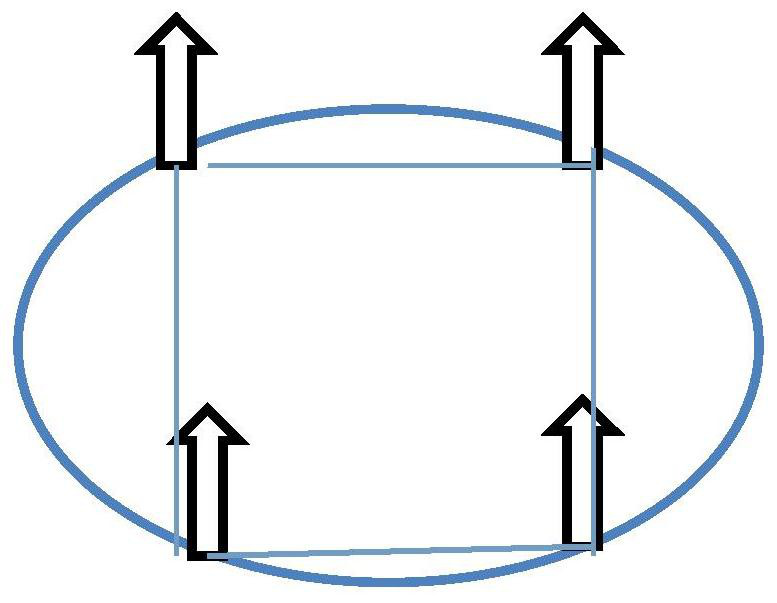A method of retaining bamboo to improve the production of bamboo shoots in traditional Mazhu forest
A technology for bamboo forests and bamboo shoots, which is applied to the field of remaining bamboo forests for improving the yield of bamboo shoots in traditional hemp bamboo forests, can solve the problems of dense bamboo stalks, affecting the quality of mature bamboos, loss of soil and fertilizer, and achieving large germination space and improving pest control. The effect of stable technology and output
- Summary
- Abstract
- Description
- Claims
- Application Information
AI Technical Summary
Problems solved by technology
Method used
Image
Examples
Embodiment 1
[0041] Example 1: One clump and three bamboo trees for forestry
[0042] Pick up soil and dry eyes
[0043] Choose 2 mu of low-yielding bamboo forests with a density greater than 50 clumps / mu. From December of the first year to January of the second year, loosen the soil, remove weeds, shrubs, etc. in the woodland, pile them up and burn them, and then spread them in the bamboo bushes. Before Qingming, dig up the rhizosphere soil of the bamboo clump, remove the fibrous roots wrapped around the bamboo shoots and the old bamboo grasses whose roots have turned black and dead, and expose the bamboo shoots for 15-20 days.
[0044] After removing the soil and drying the eyes, it is necessary to cultivate the soil in combination with spring fertilizer application, and cover the bamboo shoots again. Gather the surrounding soil to the center of the bamboo clump, and the covering soil is in the shape of a turtle's back, preferably 8-10cm higher than the original bamboo clump. Fertiliz...
Embodiment 2
[0048] Embodiment 2: one clump with four bamboos for forestry
[0049] Choose 2 mu of low-yielding bamboo forest, with a density of about 40 clumps / mu. From December of the first year to January of the second year, loosen the soil, remove weeds, shrubs, etc. in the woodland, pile them up and burn them, and then spread them in the bamboo bushes. Before Qingming, dig up the rhizosphere soil of the bamboo clump, remove the fibrous roots wrapped around the bamboo shoots and the old bamboo shoots whose roots have turned black and dead, and expose the bamboo shoots for 15 to 20 days.
[0050] After removing the soil and drying the eyes, it is necessary to cultivate the soil in combination with spring fertilizer application, and cover the bamboo shoots again. Gather the surrounding soil to the center of the bamboo clump, and the covering soil is in the shape of a turtle's back, preferably 8-10cm higher than the original bamboo clump. Fertilization is mainly based on the use of nitr...
Embodiment 3
[0054] Example 3: One clump of five bamboos for afforestation
[0055] Choose 2 mu of low-yielding bamboo forest, with a density of about 30 clumps / mu. From December of the first year to January of the second year, loosen the soil, remove weeds, shrubs, etc. in the woodland, pile them up and burn them, and then spread them in the bamboo bushes. Before Qingming, dig up the rhizosphere soil of the bamboo clump, remove the fibrous roots wrapped around the bamboo shoots and the old bamboo grasses whose roots have turned black and dead, and expose the bamboo shoots for 15-20 days.
[0056] After removing the soil and drying the eyes, it is necessary to cultivate the soil in combination with spring fertilizer application, and cover the bamboo shoots again. Gather the surrounding soil to the center of the bamboo clump, and the covering soil is in the shape of a turtle's back, preferably 8-10cm higher than the original bamboo clump. Fertilization is mainly based on the use of nitrog...
PUM
 Login to View More
Login to View More Abstract
Description
Claims
Application Information
 Login to View More
Login to View More - R&D
- Intellectual Property
- Life Sciences
- Materials
- Tech Scout
- Unparalleled Data Quality
- Higher Quality Content
- 60% Fewer Hallucinations
Browse by: Latest US Patents, China's latest patents, Technical Efficacy Thesaurus, Application Domain, Technology Topic, Popular Technical Reports.
© 2025 PatSnap. All rights reserved.Legal|Privacy policy|Modern Slavery Act Transparency Statement|Sitemap|About US| Contact US: help@patsnap.com



